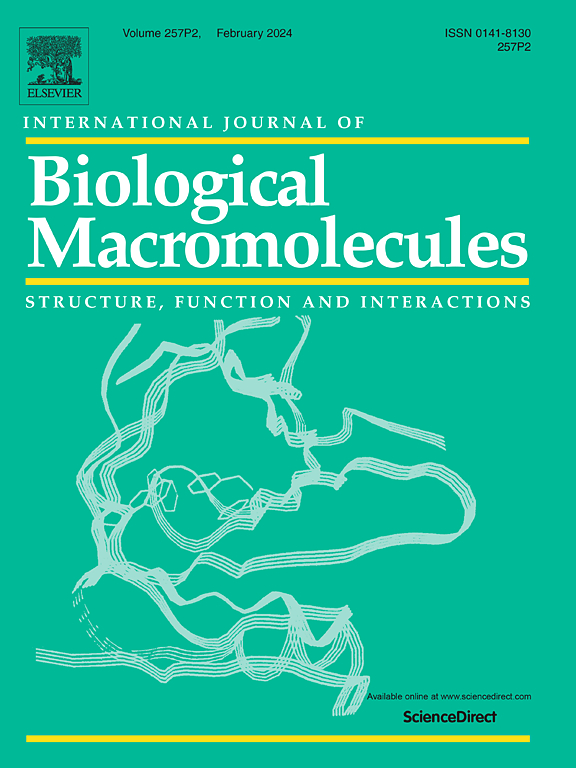Enhanced 3D printing performance of soybean protein isolate nanoparticle-based O/W pickering emulsion gels by incorporating different polysaccharides
Abstract
This work investigated the feasibility of employing soybean protein isolate nanoparticles (SPINPs) as emulsifiers and polysaccharides with different charge properties as thickeners to develop oil-in-water (O/W) Pickering emulsion gels 3D printing inks. The impact of non-covalent interactions between SPINPs and various polysaccharides on the microstructure, rheological properties, and 3D printability of emulsion gels was investigated at pH?3 and pH?7, respectively. Results showed that Locust bean gum (LBG) and Konjac gum (KG) stabilized emulsion gels mainly by increasing the viscosity of the aqueous phase. Chitosan (CS) and xanthan gum (XG) improved the system's viscosity while combining with SPINPs via electrostatic interactions. Small amplitude oscillatory shear and large amplitude oscillatory shear test results showed the highest recovery rate (97.45?%) and gel strength of 7-XG, exhibiting good potential for 3D printing. The Lissajous curves revealed the weakest gel structure and larger dimensional printing deviation (27.57?%) of 3-XG. The 3D-printed products of LBG and KG emulsion gels demonstrated smooth and slightly flawed surface texture. The print deformation rate of CS emulsion gels was <5.5?%, which was most suitable for developing 3D printing inks. This study offers valuable insights for creating and designing protein-polysaccharide-based 3D printing inks.





